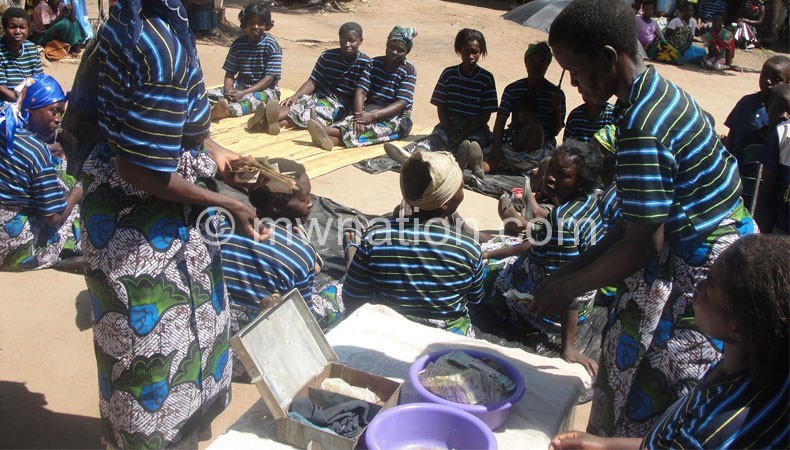Women lag in financial inclusion
Despite the country taking strides to increase financial inclusion, it has one of the highest levels of financial exclusion for women at 59 percent, against 53 percent for men, a recent Finmark Trust report shows.
The Finmark Trust 2019 Measuring Progress of Financial Inclusion in the Southern African Development Commission (Sadc) study found that as of April 2018, women constituted one-third of subscribers of mobile money and 38 percent of mobile money agents.

Bankers Association of Malawi (BAM) immediate past president Paul Guta earlier this year said while the banking sector remains the support centre of financial inclusion, the quest for a more sustainable financial inclusion regime needs a multi-sectoral approach to motivate people, especially women, to be financially included.
He said: “Local banks have registered achievements over the years to woo the unbanked, but challenges still remain,” he said.
Reserve Bank of Malawi (RBM) spokesperson Mbane Ngwira said despite significant strides in mobile money services as evidenced by strong growth in volume and value of these services, there is a host of social—economic and infrastructural challenges that are affecting delivery of mobile services in the country, in particular rural areas where most women are.
To scale up inclusion, the Ministry of Finance, Economic Planning and Development through the National Strategy for Financial Inclusion (NSFI) seeks to increase the delivery of financial services at affordable cost to low-income segments of the society from 34 percent in 2016 to 55 percent by 2020.
The Finmark Trust review also showed a major shift in banking habits.
Between March 2017 and June 2018 access points that require medium to long-term planning and heavy investments such as branches and Auto Teller Machines (ATMs) reflected a decline while access points that rely on minimal capital investment and short-term planning such as mobile money agents and Point of Sale gadgets (POS) registered a notable increase in availability.
The report shows that the total number of branches serving 100 000 adults also declined slightly from 0.94 (June 2017) to 0.78 (June 2018) while access to ATMs declined from 5.24 to 4.69 ATMs serving 100 000 adults during the same period.
POS machines (for payments and cashing out) also increased from 12.47 to 15.94 per 100 000 adults mainly due to commercial banks’ interest to expand digital payments and the ease of installing new POS machines at shops given the low cost of acquiring and operating them.
Mobile money accounts on the other hand increased from 42.8 percent of adults 2017 to 53.64 percent of adults while the 90-day usage increased from 14.93 percent to 20.49 percent during the review period.
In terms of access, as of 2015, 27 percent of the population was banked, 15 percent had informal, and 7 percent had access to other formal institutions other than banks while 51 percent were financially excluded.





